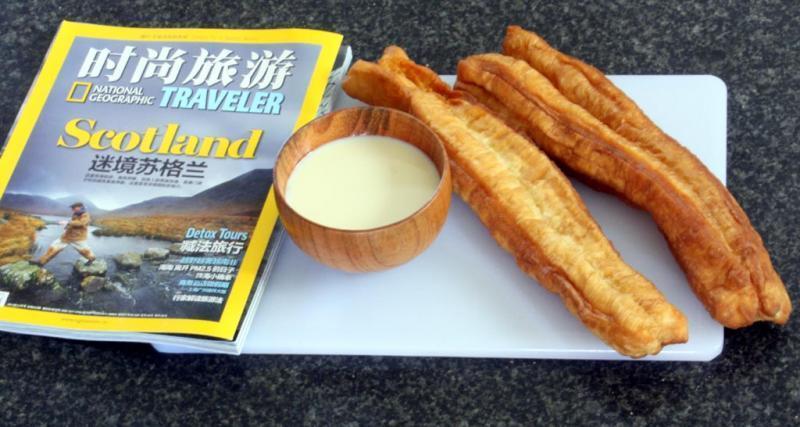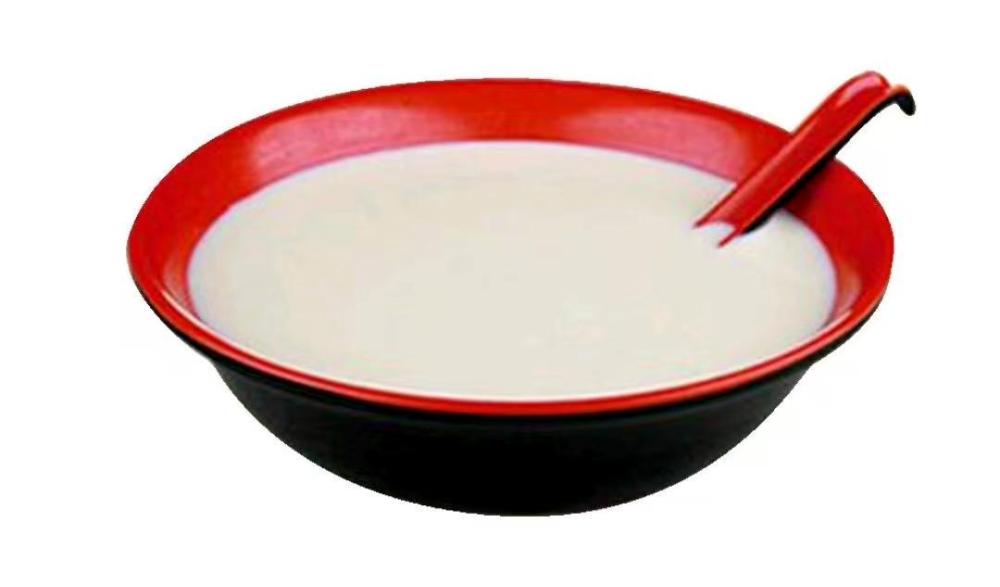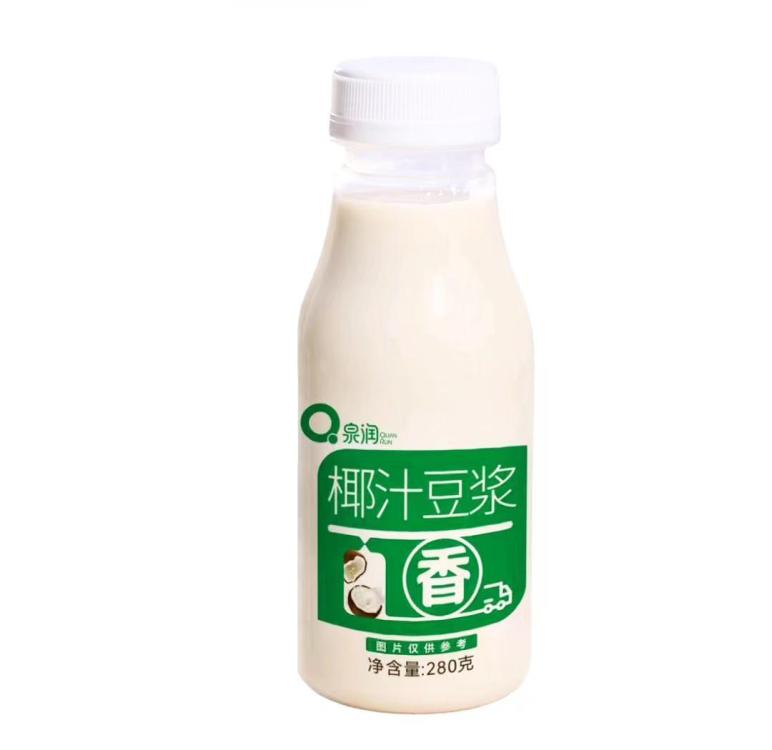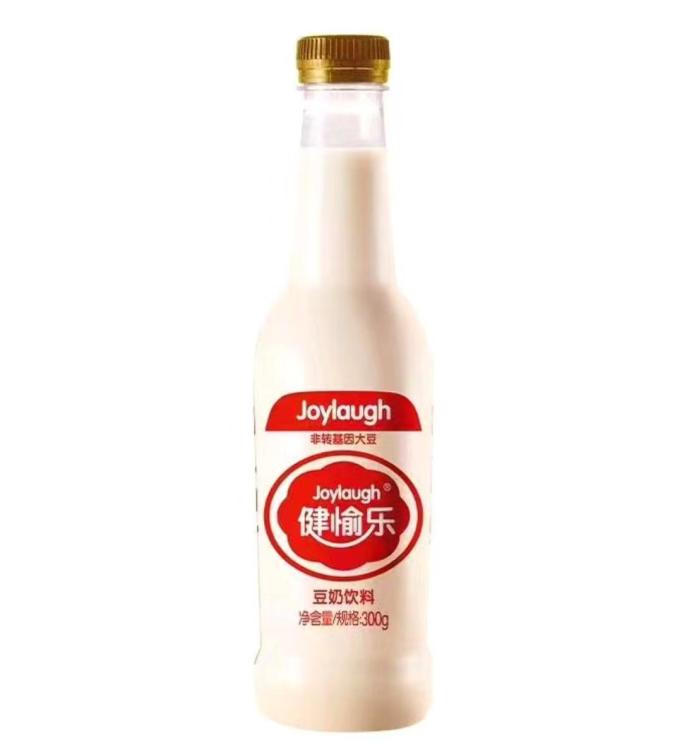One way of extracting the protein from soybeans in human-digestible form is to make tofu aka bean curd. However, to do so, there is another product you require first, also from the soybeans.
Soybean milk.
豆浆 (dòu jiāng)
This was traditionally made by grinding fresh or rehydrated dried beans with water, boiling the resulting mixture and straining it. This method is still used to make what is known as 豆浆 (dòu jiāng, literally ‘bean broth’). However it does not look, taste or smell like dairy milk. Still, the term is usually translated as ‘soy milk’. Many non-Chinese find the watery texture, yellowish appearance, taste and smell disturbing, but then they are probably expecting something more like cow’s milk. The Chinese have no such expectations, historically not being used to a dairy food culture. They have been enjoying this since ancient times.
This type is sometimes sweetened or otherwise flavoured. Coconut juice (椰汁 - yē zhī) is a common addition.
Coconut Soy Broth
In more recent times, with advances in technology and changes in food culture, more dairy-like ‘milks’ are being mass produced industrially. These are sold as 豆奶 (dòu nǎi) which does literally translate as ‘bean milk’.
So, it can be confusing when both types are translated as soy milk. Carefully check which you are picking up at your local store. And don’t rely on the labelling, if any. Mis-labelling is common. Use your eyes to look at the product; not the packaging!
This is a common brand of 豆奶 soy milk. Sold in supermarkets.
Most soy milk (of either kind) is drunk for breakfast, usually accompanied by 油条 (yóu tiáo, literally ‘oil stick’), deep fried dough sticks or crullers.

Breakfast - Soy Broth with Dough Sticks
Soy milk of the 豆奶 variety is occasionally made into yogurt and other preparations. I tried soy milk cheese once and survived – just Not recommended.
Having acquired our 'milk', we're ready to make tofu. Maybe.
Coming soon.





